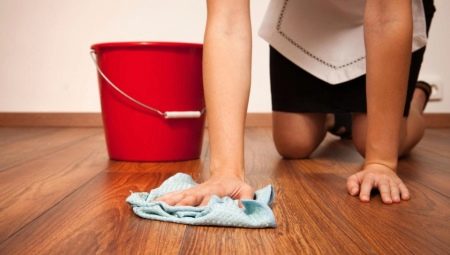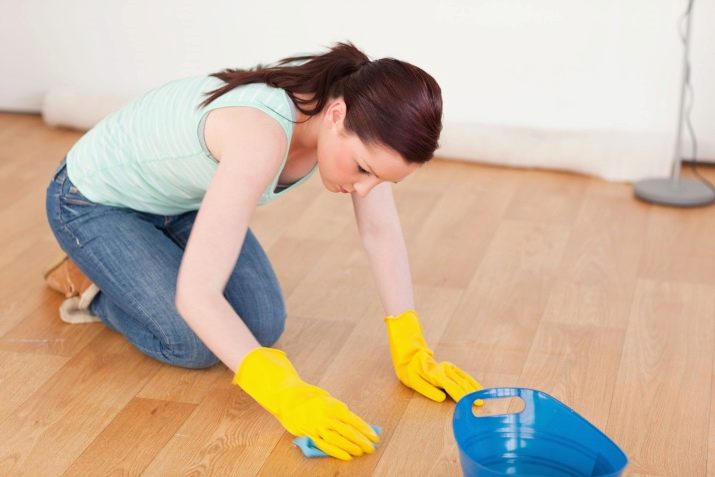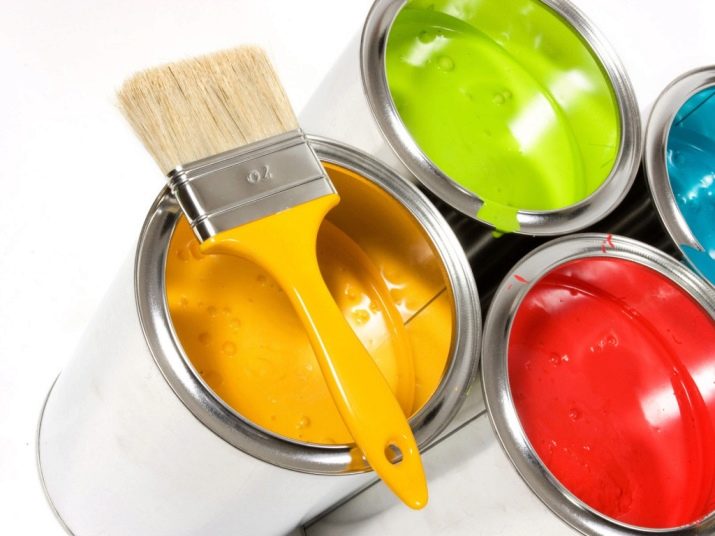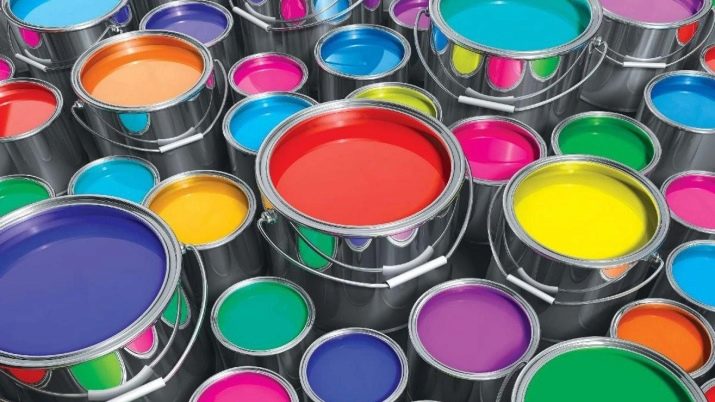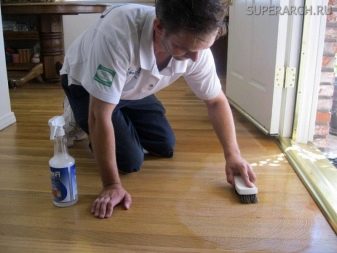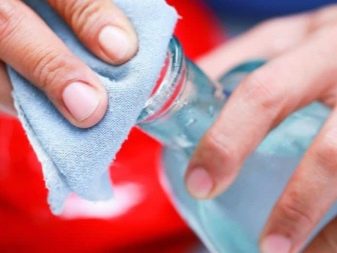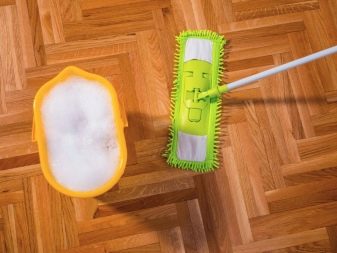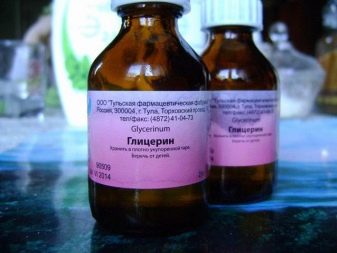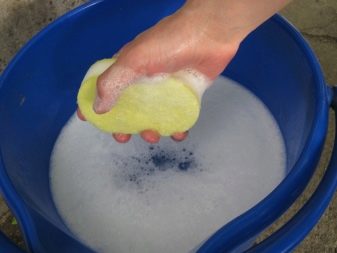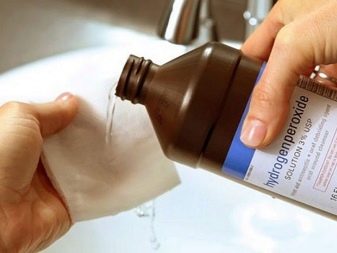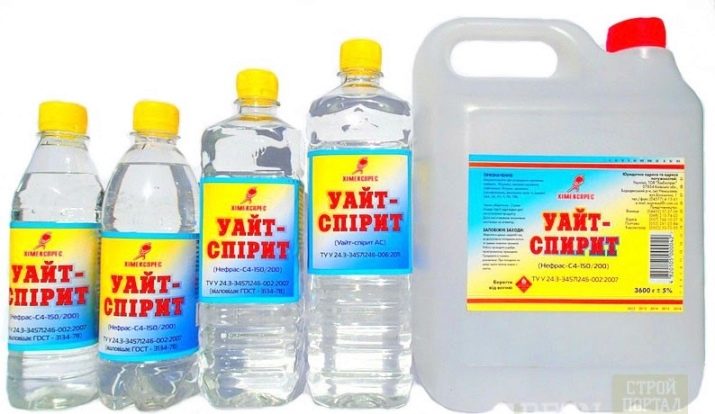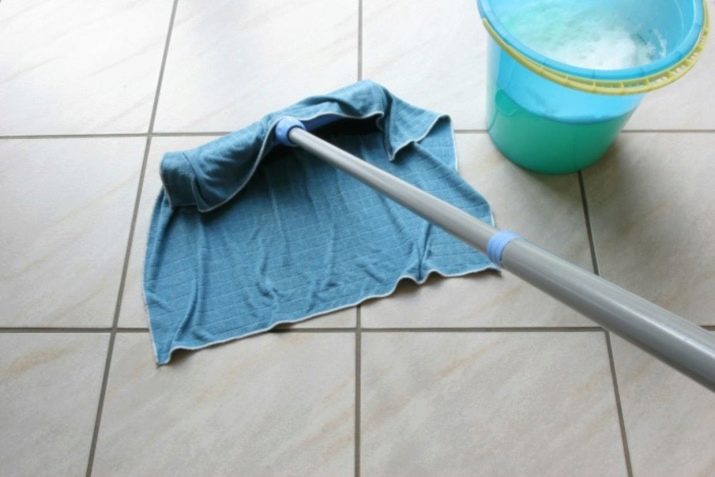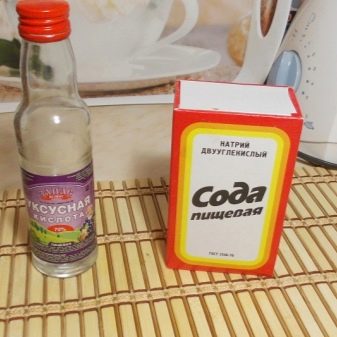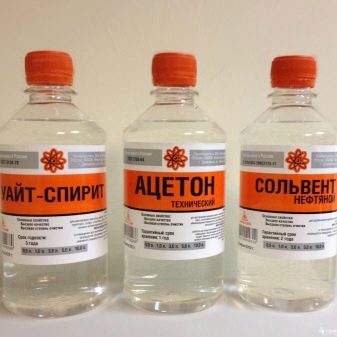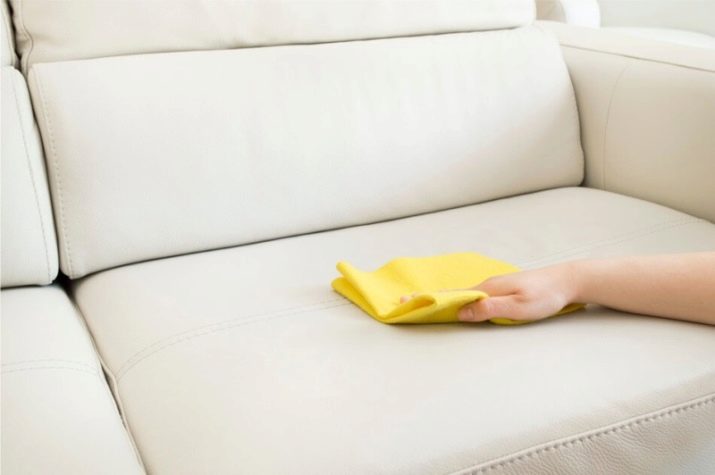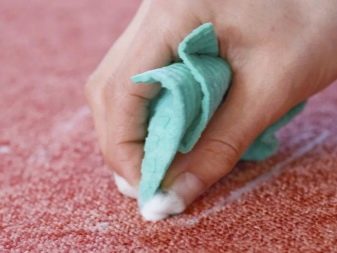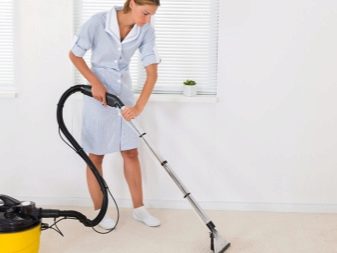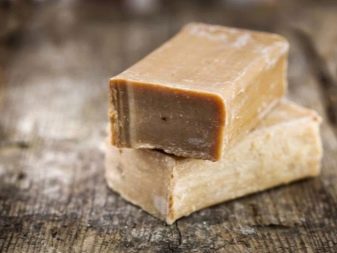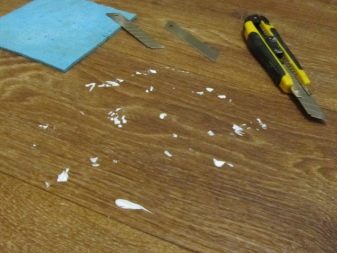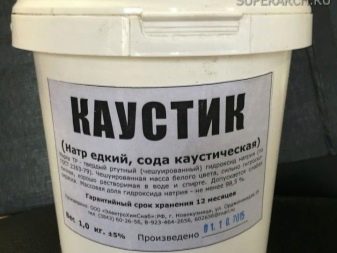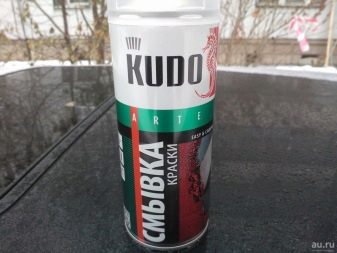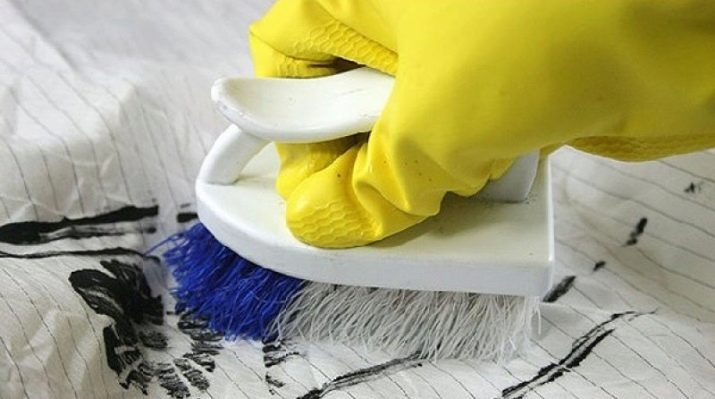In the process of repair, the paint is everywhere where it is possible, as a result of which cleaning takes no less time than the repair itself. We understand what to wipe her if she got to the surface.
What kind of paint?
Before you scour the stain, you need to find out what kind of substance was spilled. It is worthwhile to start its elimination only after a means has been selected that is suitable for this type of surface and type of paintwork material. Otherwise, you can not get rid of the stain, and damage to clothing, furniture, various types of coatings. All the variety of paintwork materials for interior and facade work can be reduced to three groups:
- emulsion;
- alkyd;
- silicate.
Emulsion paints consist of dyes, water, and a bonding agent. If they are not allowed to dry out, they can be easily washed off with water from the floor, hands, rollers, brushes, and trays. This group includes popular water-based paints, acrylic, silicone, polyvinyl acetate varieties. Silicate paints are based on liquid glass, they are mineral. They are diluted with water, used primarily on plastered surfaces.
Alkyd (front) paints are made using alkyd resin. They can paint products made of wood and metal, as well as plastered surfaces. This group is represented by oil and enamel paints produced on the basis of drying oil. They are characterized water resistance. In addition to alkyd enamels, there are also polyurethane analogues that create a more glossy film that is more resistant to mechanical stress. Aerosol paints necessary for finishing works are produced in spray cans, from which it is convenient to apply a uniform layer.
In addition to coatings for interior decoration inside and outside, there are also paints for creativity:
- Dense matte gouache easily dissolves in water. It is created on the basis of glue.
- Watercolor paints are softer and more transparent than gouaches. They are also based on vegetable glue, which is highly soluble in water.
Strictly speaking, the problem is only dried paint: fresh quite easy to wipe. If she managed to soak and dry, it is necessary to have patience and knowledge of the properties of the surfaces from which you want to remove the stain.
After repair, you need to wash and clean up a lot of stains that appeared in various places.
We select the tool depending on the type of surface
With fabric
In the process of repair paint often gets on clothes. Acrylic paints are difficult to remove from the fabric. If they got on clothes, a tablecloth or curtains quite recently, you can cope with them with the help of sunflower oil. After oil treatment comes the turn of soap. Soap thing hold a quarter of an hour in hot water, then washed in a typewriter.
Some fabrics can be cleaned with white spirit or Vanish stain remover, but the risk of spoiling the thing is high enough. If it is not possible to wipe off the stain, you can always hide it behind the appliqué. Gouache, watercolor, water-based paint is easy to scrub with the help of soap. Things need to be pre-soaked in warm water for 15 minutes.
With linoleum and laminate
To scrub water-based paint from the floor, covered with linoleum or laminate, is easy. If the stain is already dry, more time is needed. It must first be softened with a wet rag.
The use of conventional solvents and abrasives on linoleum and laminate is strictly prohibited, for them there are special construction solvents.
To remove oil paints from linoleum used vegetable oil. It will help clean and plastic window sill. Warm glycerin is used for the same purpose. The use of solvent on plastic is fraught with the appearance of matte spots.
With wallpaper
Remove the paint from the wallpaper will help diluted solvent. Apply it directly to the dried drops, trying not to fall on the wallpaper. The chemical can not be rubbed much: the delicate structure of the wallpaper will not survive. It is enough just to hold a cotton pad or a cloth on a spot moistened in it.
Remove the dried paint is almost impossible, you have to re-stick stained areas, or think of how and what to disguise them.
From the ceiling
Stains on the stretch ceiling are a serious problem. Acrylic paint, you can try to wash with soapy water or dishwashing gel. Another way is to rub the stain. hydrogen peroxide. If these budget funds did not help, you will have to go to the store for a special wash for this type of dye.
Aqueous emulsion ink is pre-soaked well with warm water, and then very carefully washed with a cloth. Remove from the stretch ceiling oil paint better with a special remover. Using all sorts of available tools, it is easy to damage the delicate polyvinyl chloride.
With plastic windows
Wash the paint from plastic windows is easy. With glass, some of its types can be simply scraped off with a plastic spatula. He is not afraid of any solvents. Of folk remedies, liquid ammonia, diluted with water, and silicate office glue are appropriate here. For plastic, the most innocuous chemical agent is White Spirit.
From wooden surfaces
It is difficult to remove the absorbed paint (especially oil) from wooden frames and window sills. You can try to remedy the situation, using boiling linseed oil. The rag impregnated with it needs to be put on a spot, and then to try to erase it. If this method was ineffective, use a building dryer. Heating the paint to the point where it starts to bubble, carefully scrape it off the wood with a spatula.
With tiles
Clear tile is also not difficult. The glossy surface does not allow paintwork materials to penetrate inside, chemical solvents and washes are not afraid of it.
With bath and metal surfaces
To remove the effects of painting works from steel and cast-iron baths will also have popular solvents, including gasoline, acetone, white spirit, ammonia. Owners of acrylic baths better stock up on special washes. Plastic bath can be spoiled with acetone and other means, which are usually dissolved paint and varnish materials. Paint spilled on iron will have to be removed with chemical washes or solvents.
Often on the bath fall drops of hair dye. To remove such a stain from an acrylic bath, it is enough to mix a few tablespoons of soda with any dishwashing detergent. In the resulting paste you need to add a few drops of vinegar, then apply it to the frozen paint. You can rub the stain only with a soft sponge. Another means to combat paint stains - nail polish remover, which includes acetone.
However, it should be used carefully on acrylic. It is better to first assess its effect on an inconspicuous area.
With leatherette
Paint, dried on leatherette, will help remove the knife or plastic spatula. Scraping clots, it is important not to damage the artificial skin.After the paint has peeled off, the area is washed with soapy water. To quickly and accurately remove the remnants of the coloring matter, you can use a toothbrush. If these actions do not help, turn to the help of a special means to remove stains from artificial skin.
With carpeting
Removing paints from the palace will take a long time. So that the sticky acrylic paint disappears from the pile, It will take several steps:
- it is necessary to wet the cloth in the water to which the detergent is added;
- wet the contaminated area with acetone;
- it is important to apply a carpet cleaner for five minutes, brush the surface with a toothbrush;
- After that, it will remain to collect the remains of the used components with a washing vacuum cleaner.
To erase water-based paint or latex paint, you need to moisten it with water, then treat with a solution of water and dishwashing detergent. Do not press hard on the stain, otherwise the paint will be even more absorbed into the pile of the carpet and its foundation. At the end of the harvesting, you need to collect the residual pigment and liquid with a washing vacuum cleaner. To get rid of traces of oil paint, use a variety of solvents. The results of children's creativity are not as insidious as the effects of repairs. Watercolor and gouache wash well with water and detergent.
Oily
Oil paint is almost impossible to remove without the help of chemicals. It is necessary to moisten cotton wool in gasoline, white spirit, acetone or kerosene, put it on the stain. After 10 minutes rub it from the edges to the center. The remains of dyes and solvent should be washed with running water, then wash the thing. Erase oil paint with leather shoes will help greasy cream or vegetable oil, which soften the paint a little. After that, the stain is washed with a saturated soap solution.
After painting a lot of stains remain on the floor. If acrylic paint is frozen on a laminate or linoleum, plastic or metal, it is quite easy to scrape it off with a clerical or ordinary knife. It is well washed only if it did not have time to dry out. It stiffens very quickly, thanks to the film-forming agent.
The fresh layer can be washed off with warm water using a sponge or soft cloth. If you are unable to solve the problem with water, dishwashing gel or simple soap will do. If the risk of damage to the surface is excluded, you can use a brush. Soaked paint is removed. acetone, gasoline, kerosene, white spirit, although these substances are unsafe for many types of materials.
Washes
In stores building goods sold special washes. Suitable universal tools and those that are designed for acrylic dyes. It is better to work with these potent substances in gloves, in a mask (respirator) and glasses, as they have a very sharp, unpleasant smell. It takes about 15 minutes to rinse to remove the stain, then this area is thoroughly washed.
There are recipes for making washes at home. Not bad proved caustic soda solution. If you want to get a thick product that will not drain from vertical surfaces, it adds oatmeal.
To soften the paint with it, it will take at least an hour.
Tips
The most effective remedy in the fight against stains is to prevent their appearance. Otherwise, a lot of time and effort will be spent, and the result can be very far from ideal. The sooner the paint removal work begins, the more chances to remove it completelywithout damaging the surface.
It is important not to allow the paint to dry on the instruments (brushes, trays, spray gun), otherwise they will have to say goodbye or soak in acetone for a very long time and then launder thoroughly.
When choosing a method and means for removing stains, it is necessary to consider the type of paint and the peculiarities of the material on which it has fallen.Any chemical is worth trying in a small area where possible damage will not be evident. Applying a mechanical method of removing paintwork materials, you must act with extreme caution. It is important not to damage the surface to be cleaned.
If you work without glasses, sharp pieces of paint can hurt your eyes. Some washes are fire hazardous and should not be used in close proximity to sources of fire.
How to remove stains from the paint, see the next video.
